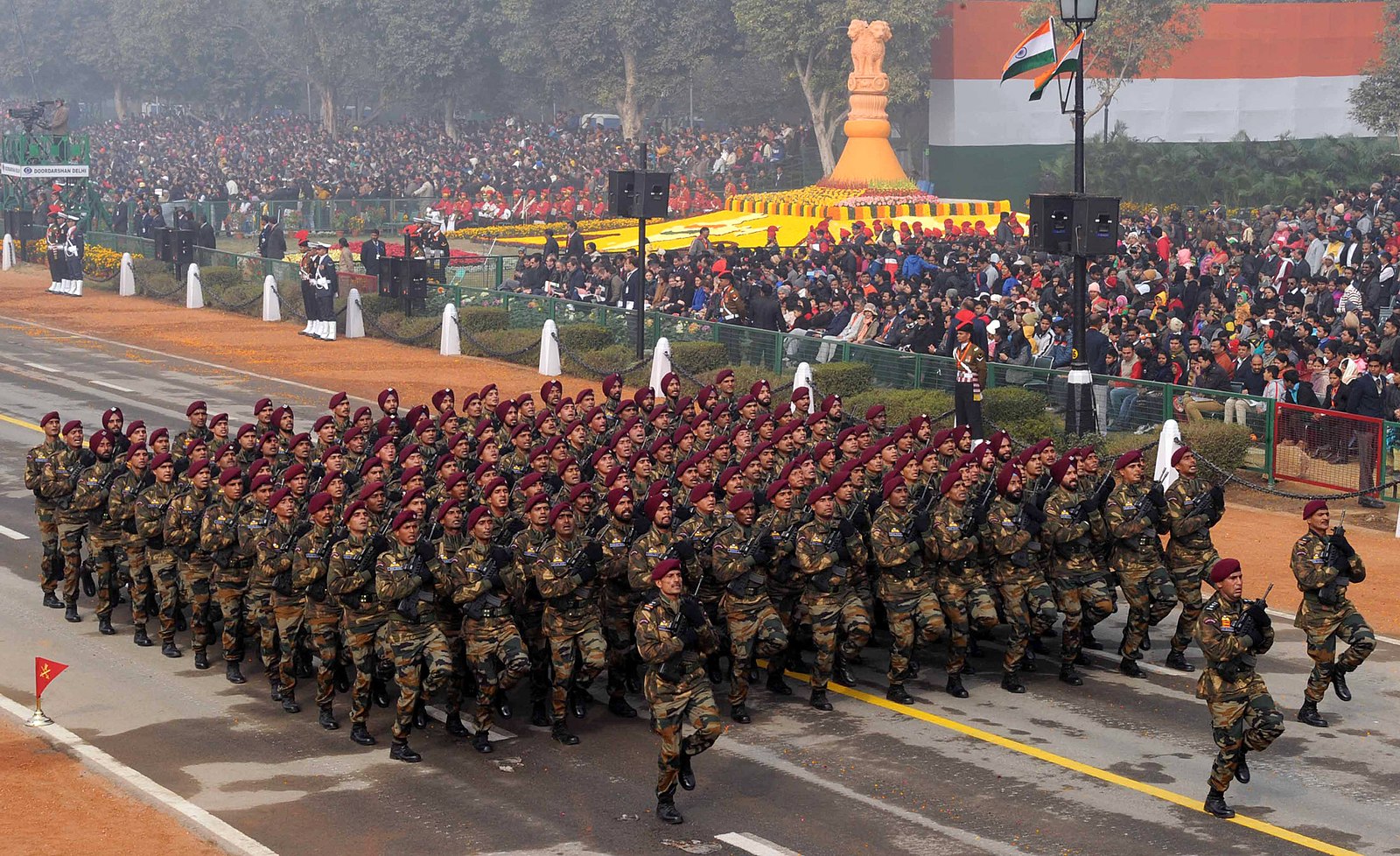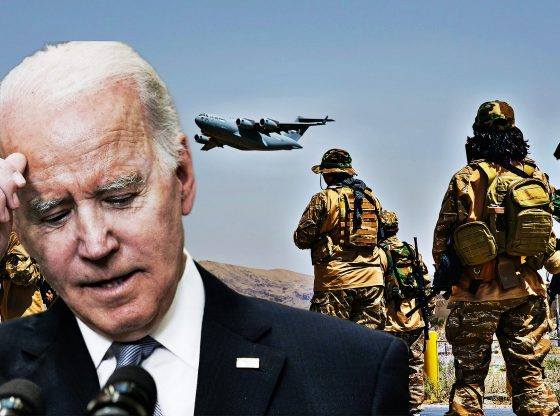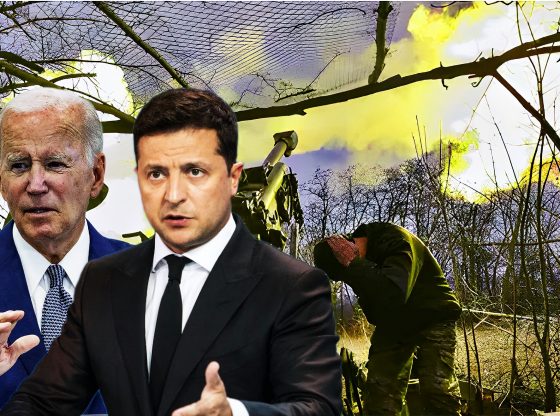As part of the just-announced “Comprehensive Global Strategic Partnership” between the US and the world’s largest democracy, we are seeing commitments to increased “defense and security cooperation,” along with “advanced training and expanded exercises,” as well major new US weapons sales to India. All these are intended to bolster India’s capabilities throughout the region and to deter and defend against both Pakistan and China.
During his visit to New Delhi, President Trump announced the new US deals with India to provide advanced US military helicopters for the Indian army and navy. “Today we expanded our defense co-operation with agreements for India to purchase more than $3 billion [worth] of advanced American military equipment, including Apache and MH-60 Romeo helicopters,” Trump said, as reported by Jane’s.
“These deals will enhance our joint defense capability as our two militaries continue to train and operate side by side,” added Trump.
Indian officials told Jane’s that the deal included 24 MH-60R multirole naval helicopters for the Indian Navy worth a total of $2.6 billion, and for six ‘AH-64E(I)’ Apache Guardian attack helicopters for India’s Army Aviation Corps worth a total of about $800 million.
The MH-60R is the latest variant of the Seahawk naval helicopter, a version of the US Army’s Blackhawk helicopter. According to Forbes, while the ‘Romeo’ variant is a multi-mission chopper capable of logistics, CSAR and electronic warfare missions, it’s above all optimized for detecting, tracking and destroying submarines.”
With China’s PLA Navy moving towards operating the world’s largest submarine fleet, four times the size of India’s sub fleet, anti-submarine warfare (ASW) is a growing concern for the Indian Navy.
Meanwhile, India is also upgrading its close air support capabilities for its ground forces. The latest Apache Guardian model is arguably the most advanced version produced. Forbes notes the Indian Air Force has already received 17 of 22 AH-64Es it has ordered, but the Indian Army has issued its own separate requirement for an additional 39 Apache’s, including the six just approved.
This latest weapons sale follows US State Department authorization earlier this month of a $1.87 billion sale of Integrated Air Defense Weapon System (IADWS) short-range air defenses to protect India’s capital. According to Forbes, the IADWS system consists of five Sentinel air defense radars, 134 short-range heat-seeking Stinger missiles, and 118 AIM medium-range radar-guided missiles for the land-based Norwegian NASAMS-II system.
This system will supplement India’s existing air ‘defense shield’ against ballistic missiles by also providing a vital defense against increasingly ubiquitous short to medium range low-flying drones, cruise missiles, and aircraft, thereby increasing deterrence.
With this new enhanced US-Indian security relationship, we can expect more military sales to India and deepening security ties. Considering China’s aggressive expansionism in the South China Sea, and beyond, this strategic partnership is critical to protect US and Indian security interests, and democracy throughout the Indo-Pacific region.
Paul Crespo is a national security expert and communications consultant. As an officer in the US Marine Corps, he served as a military attaché with the Defense Intelligence Agency (DIA) at several US embassies worldwide. Paul was also an Adjunct Professor of Political Science at the University of Miami and a member of the Miami Herald Editorial Board. He holds degrees from Georgetown, London, and Cambridge Universities. Paul is CEO of SPECTRE Global Risk, a security consultancy, and a Contributor to American Defense News.
















This is a GOOD step in preparing to end all Chinese connections to us. They MUST be isolated and cut off for the good of the entire world, they already moved on trying to take us down, China must pay the price for that!